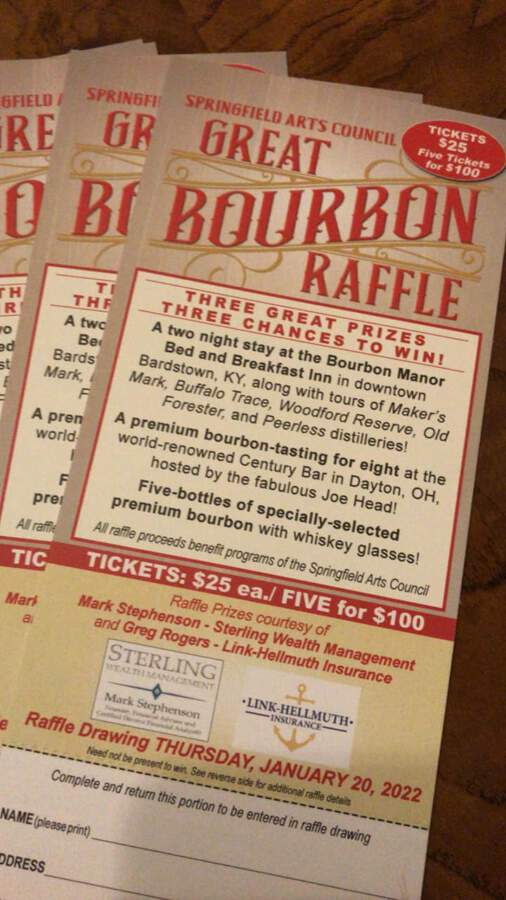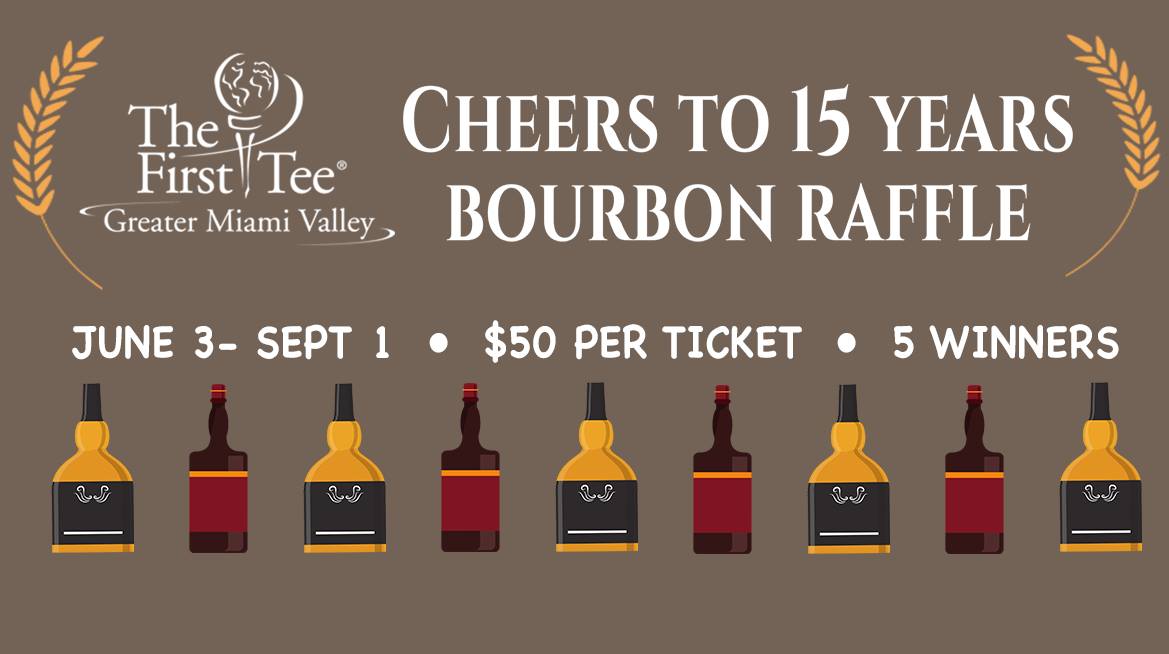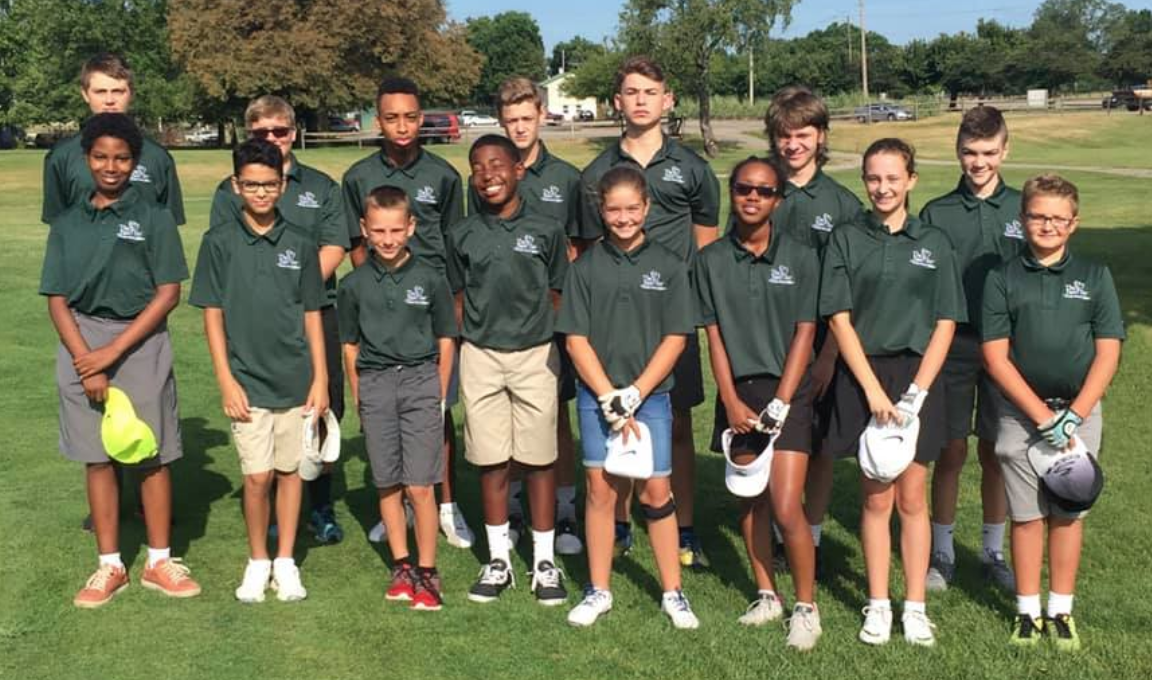 The Springfield Arts Council is hosting a bourbon raffle to benefit the programs of the Springfield Arts Council.
The Springfield Arts Council is hosting a bourbon raffle to benefit the programs of the Springfield Arts Council.TICKETS
$25 each, or FIVE TICKETS for $100. Ticket buyers must be 21 or over.
Raffle DRAWING held THURSDAY, JANUARY 20, 2022 at 7pm
(need not be present to win.)


 The Century Bar, Dayton’s only bourbon bar, located at 10 S. Jefferson Street is locally owned by Diane Spitzig and Joe Head. Named The Century in 1942 and bought by Diane in 1996, it was at Joe’s urging that they started to focus on bourbon in 2011 and has since been voted one of the “Best Bourbon Bars in America” by The Bourbon Review for seven consecutive years. It also made the “10 Best Bourbon Bars in America” list by Men’s Journal in 2015, and was named one of the “Best Whiskey Bars in America” by Travel & Leisure in 2014 and continues to rack up accolades and recognition across the country.
The Century Bar, Dayton’s only bourbon bar, located at 10 S. Jefferson Street is locally owned by Diane Spitzig and Joe Head. Named The Century in 1942 and bought by Diane in 1996, it was at Joe’s urging that they started to focus on bourbon in 2011 and has since been voted one of the “Best Bourbon Bars in America” by The Bourbon Review for seven consecutive years. It also made the “10 Best Bourbon Bars in America” list by Men’s Journal in 2015, and was named one of the “Best Whiskey Bars in America” by Travel & Leisure in 2014 and continues to rack up accolades and recognition across the country.












































